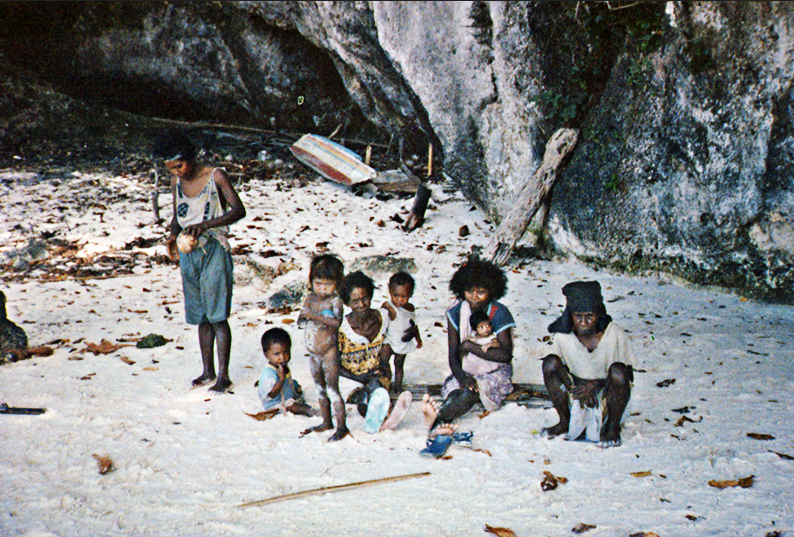IBAJAY, Aklan — The colorful and lively presentations, both in the streets and on stage, by performers in the various Ati-Atihan festivals in Aklan provinces, are performances that make for lasting memories both for tourists and local residents.
This year, the Ati-Atihan in Kalibo, the capital town of Aklan, is scheduled on January 19 and onwards.
In Ibajay, the festivities start on January 26. In Boracay, the whole third and fourth weeks of January will be devoted to festivals connected with Ati-Atihan.
Looking back, it is interesting to note that the Ati-Atihan is a “stunning mix of devotion to the Santo Niño and the Ati culture.”
The Atis are the original natives of Boracay island, along with the Bukidnons. These musically inclined tribes had been celebrating their community events with drums and dances, long before the Spaniards came.
Christian flavor in Ati ritual
With the Spanish colonization of the Philippines which started in Samar and Cebu in the 16th century, Christianity was introduced to the native population, and thus, their traditions and culture assimilated Christian ideas.
This is the reason why today’s Ati-Atihan is also a way of honoring the Santo Niño, the child Jesus, who many believe is a miraculous image.
In Aklan, festivities will be led by Governor Jose Enrique “Joen” Miraflores, the young son of Lolo Guv Joeben Miraflores, Vice Gov. Reynaldo Quimpo, and members of the Sangguniang Panlalawigan and the various municipal mayors.
From the website myboracayguide.com is a fitting description and tribute about the Ati-Atihan festival:
“The Ati-Atihan festival celebrated every 3rd week of January, is a unique cultural spectacle. Named in honor of the indigenous Ati tribe, this festival commemorates the original settlers of Panay Island and venerates the Santo Niño, the infant Jesus. The name “Ati-Atihan” translates to “emulate the Ati people,” reflecting the festival’s homage to indigenous culture and its significant religious aspect dedicated to the Santo Nino. Known throughout the Philippines, Ati-Atihan is also dubbed “The Mother of Philippine Festivals,” rooted in the ancient festivities of pre-colonial Filipino tribes. The term “Ati-Atihan” merges “ati” meaning ancestors, with “atihan” signifying “to make noise.”
Vibrant week-long fiesta
“This vibrant week-long celebration includes music, dance, elaborate costumes, parades, and feasts, epitomizing Filipino culture and traditions. The streets of Kalibo burst into life with religious processions, lively street parades, and the Sadsad, a parade marked by participants rhythmically moving to the beats of marching bands.
“Besides Kalibo, several towns in Aklan, including Ibajay and Boracay island, partake in this festival. Significantly, the festival is a major event in Boracay, the home of the Ati, the island’s indigenous people. Ati-Atihan represents a seamless fusion of indigenous cultural practices with the Catholic faith, highlighting its dual importance in both religious and cultural contexts.”
#WeTakeAStand #OpinYon #OpinYonNews #Atis #AtiAtihanFestival #Boracay #Culture
